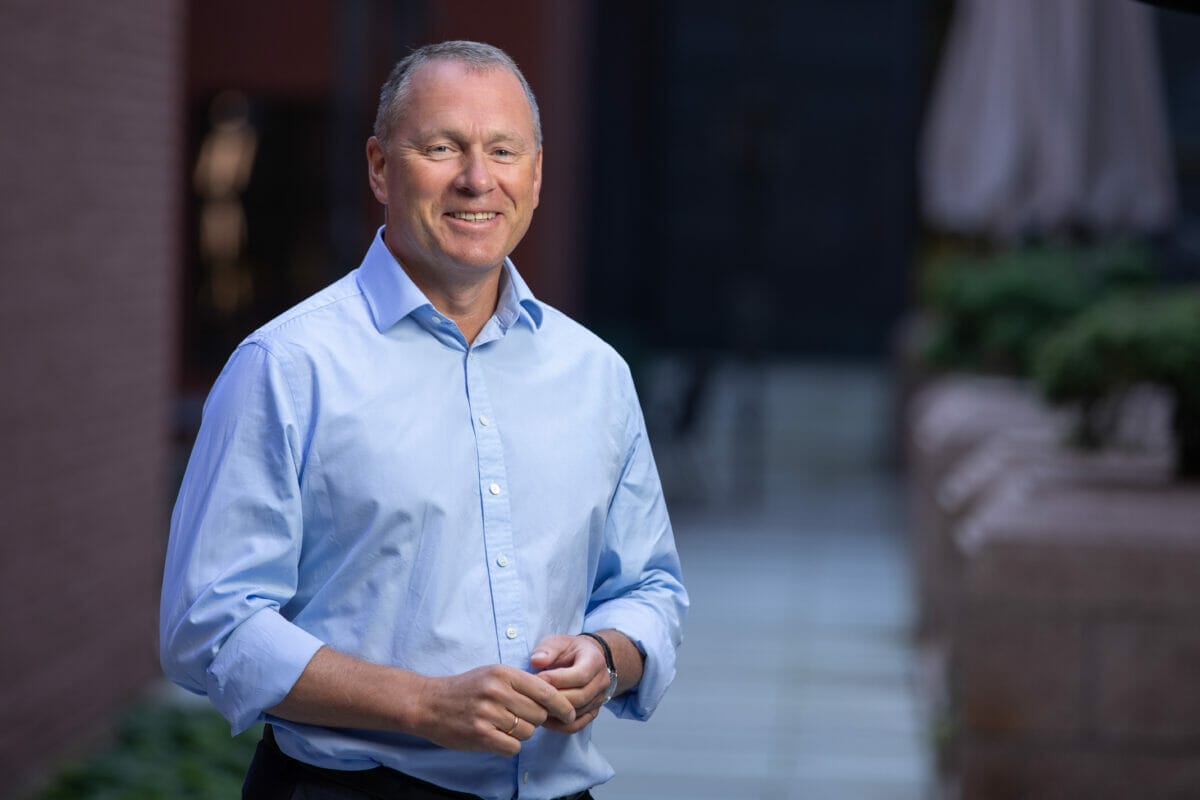Fundamental questions of pension system design and regulation are serious barriers to fulfilling the global long-term investing agenda, according to a panel of major European asset owner heads at the Fiduciary Investors Symposium in Amsterdam.
Eloy Lindeijer, chief of investment management of €140-billion ($191-billion) Dutch investor PGGM said “maybe politicians still don’t realise that there is a war for long-term capital going on, and it’s just begun.” He criticised politicians for lacking understanding of “the importance of the investment industry for their own economies and what kind of regulatory framework would fit that.” Lindeijer said “we would very much like to see a regulatory framework for long-term investors that recognise certain assets have liability-matching characteristics.”
Lindeijer explained the he has fears of a number of regulatory measures in the long-term investing context. He said: “We have a large worry about a combination of factors, like the financial transaction tax, the fact that under the new Dutch pension contract we need to keep hedging nominal interest rate risk and that the cost of central clearing is going up.”
Angelien Kemna, chief investment officer of ($450-billion) €330-billion APG agreed “major world leaders like Obama and Merkel do not understand us very well even though we are effectively major shareholders in their countries.” Kemna reflected on some positive developments of leaders acknowledging investors’ views though, explaining that an exchange of ideas between her fund and Angela Merkel on the EU’s financial transaction tax led the German chancellor to better appreciate its “unintended consequences.”
“The policymaker who understands us most will get the most long-term capital, it’s as simple as that,” said Kemna. She added that she was concerned about potentially dramatic cost increases from the central clearing of derivatives as well as the hindrance of collateral requirements from a “one-size-fits-all regulation system.” She also explained that the increasing internationalisation of regulation, whether on the European level or beyond, is making it a more difficult challenge.
Defined benefit drawback
Roger Gray, chief executive of the UK’s Universities Superannuation Scheme (USS) Investment Management, said the defined benefit basis of his scheme, and much of the UK’s pension investors, was inhibiting long-term risk taking. Gray said “I’m pretty sure that a degree of acceptance of risk sharing is absolutely essential for a long-term investment programme.”
“I would say there has been too much emphasis on protecting the pie instead of growing it, and if there is short-term investing that pie would be smaller in the long run,” said Gray. He added “there is a tension between a triennial and annual funding review and taking on risk.” Kemna agreed that “because we have liabilities we are severely restricted in seeking returns if we haven’t hedged our liabilities.”
Gray said, as far as potential infrastructure investments are concerned, that the £37.9 billion ($61.3 billion) USS is seeking a “holy grail” of illiquid assets with strong inflation linkage that keeps pension promises affordable with little risk. Given the limitations of the USS’s defined-benefit liabilities, Gray explains “what we have ended up doing is looking for brownfield assets that give us a reliable return.” “As presently structured I don’t think we are the big growth engine that governments would like to tap,” Gray added.
Matching needs
Lindeijer says there are opportunities from the developed world’s infrastructure investment needs within a context of constrained government finances and deleveraging banks. A key for PGGM, he said though is that “we need to be able to manage the risks in a proper way and keep costs low, so we’re building internal capabilities to harvest yields at a low cost.” He added that PGGM has been engaged in discussions to try to increase its “limited” investment capacity in Dutch infrastructure to match some its global infrastructure moves.
Kemna says that APG also finds brownfield projects offered by governments as “very attractive” on both the equity and credit side. With a lot of like-minded investors seeking the same kind of assets, Kemna argues that there are now possible overpricing issues with brownfield infrastructure projects. She added that she hopes governments could shed some brownfield projects to allow investors to back more greenfield-type investments “that we are shying away from”. “We need governments willing to co-operate with us under terms and conditions that are fair for our participants – it should not be an implicit subsidy,” Kemna warned.




